- sort orderDefault
Photo title, A → Z
Photo title, Z → A
✔ Date created, new → old
Date created, old → new
Date posted, new → old
Date posted, old → new
Visits, high → low
Random - Google Map
- map
 home / Insecta · vabzdžiai / Coleoptera · vabalai / Anthribidae · netikrastraubliai
home / Insecta · vabzdžiai / Coleoptera · vabalai / Anthribidae · netikrastraubliai

-
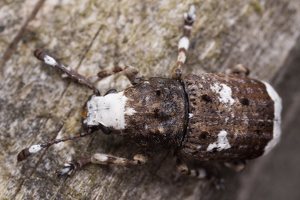 Platystomos albinus · paprastasis netikrastraublis ♀
Platystomos albinus · paprastasis netikrastraublis ♀
-
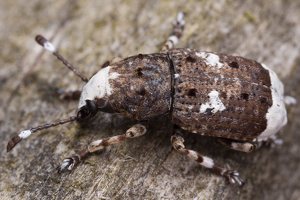 Platystomos albinus · paprastasis netikrastraublis ♀
Platystomos albinus · paprastasis netikrastraublis ♀
-
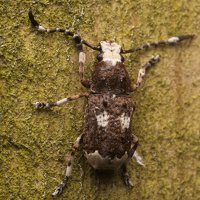 Platystomos albinus male · paprastasis netikrastraublis ♂
Platystomos albinus male · paprastasis netikrastraublis ♂
-
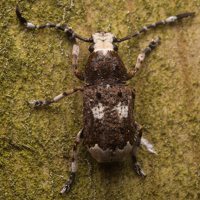 Platystomos albinus male · paprastasis netikrastraublis ♂
Platystomos albinus male · paprastasis netikrastraublis ♂
-
 Platystomos albinus male · paprastasis netikrastraublis ♂
Platystomos albinus male · paprastasis netikrastraublis ♂
-
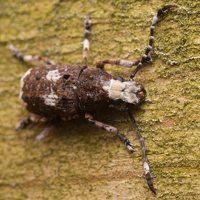 Platystomos albinus male · paprastasis netikrastraublis ♂
Platystomos albinus male · paprastasis netikrastraublis ♂
-
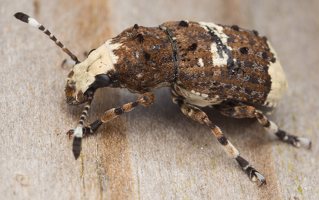 Platystomos albinus female · paprastasis netikrastraublis ♀
Platystomos albinus female · paprastasis netikrastraublis ♀
-
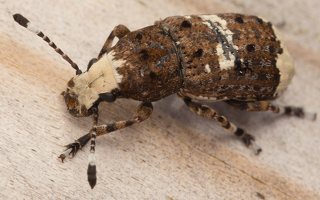 Platystomos albinus · paprastasis netikrastraublis ♀
Platystomos albinus · paprastasis netikrastraublis ♀
-
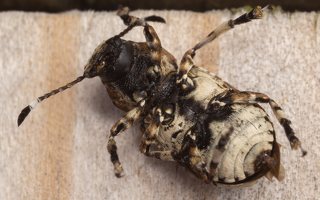 Platystomos albinus · paprastasis netikrastraublis
Platystomos albinus · paprastasis netikrastraublis
-
 Platystomos albinus · paprastasis netikrastraublis
Platystomos albinus · paprastasis netikrastraublis
-
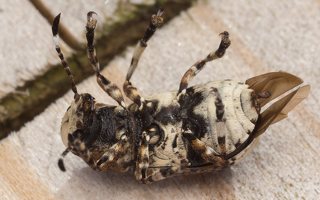 Platystomos albinus · paprastasis netikrastraublis
Platystomos albinus · paprastasis netikrastraublis
-
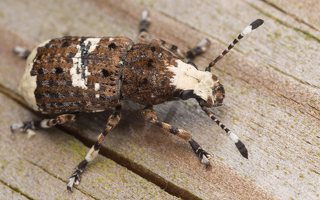 Platystomos albinus · paprastasis netikrastraublis
Platystomos albinus · paprastasis netikrastraublis
-
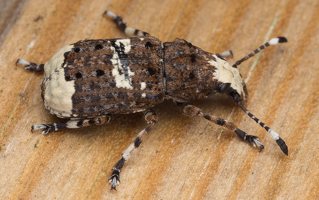 Platystomos albinus · paprastasis netikrastraublis ♀
Platystomos albinus · paprastasis netikrastraublis ♀
-
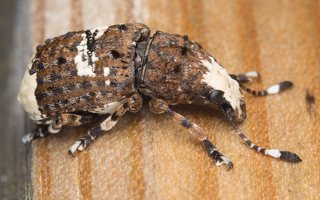 Platystomos albinus · paprastasis netikrastraublis
Platystomos albinus · paprastasis netikrastraublis
-
 Platystomos albinus · paprastasis netikrastraublis ♀
Platystomos albinus · paprastasis netikrastraublis ♀
-
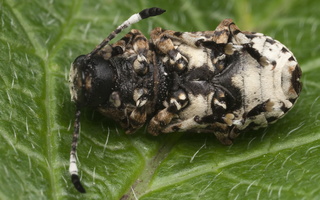 Platystomos albinus · paprastasis netikrastraublis
Platystomos albinus · paprastasis netikrastraublis
-
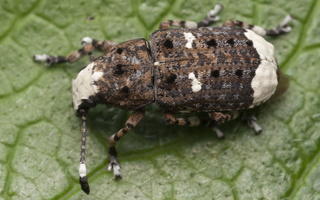 Platystomos albinus · paprastasis netikrastraublis ♀
Platystomos albinus · paprastasis netikrastraublis ♀
-
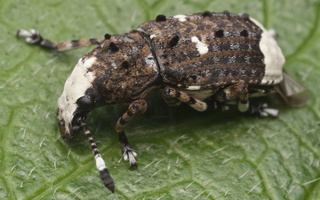 Platystomos albinus · paprastasis netikrastraublis
Platystomos albinus · paprastasis netikrastraublis
-
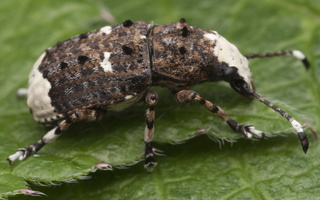 Platystomos albinus · paprastasis netikrastraublis
Platystomos albinus · paprastasis netikrastraublis
-
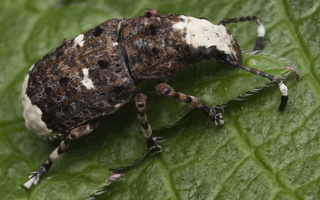 Platystomos albinus · paprastasis netikrastraublis
Platystomos albinus · paprastasis netikrastraublis
-
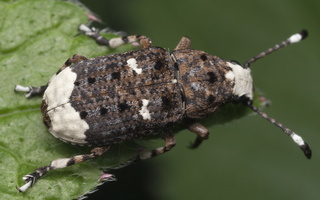 Platystomos albinus · paprastasis netikrastraublis ♀
Platystomos albinus · paprastasis netikrastraublis ♀
-
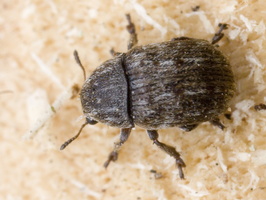 Anthribus nebulosus · netikrastraublis
Anthribus nebulosus · netikrastraublis
- Fungus Weevils
- Bredsnudebiller
- Breitrüssler
- typpykärsäkkäät
- netikrastraubliai
- platsmeceri dzimta
- boksnuittorren
- kobielatkowate
- plattnosvivlar, plattnosbaggar
Description
In appearance most anthribids are unlike typical weevils and central and northern European species do not represent the very diverse morphology of the group e.g. many foreign species resemble scolytids, cerambycids or chrysomelids. Perhaps because they are difficult to collect and many, at least in temperate regions, are small and rather nondescript, they have never been popular and, compared to other weevil groups, they are generally only poorly understood throughout the world. They are considered among the most primitive of weevils and closely related to Nemonychidae, both groups having a well-impressed frontoclypeal suture and thus a distinct labrum, a feature absent in other weevil families. They are distinguished from the Nemonychidae by having distinct pronotal borders and a short and broad, parallel-sided or gently dilated rostrum. Northern European species vary from 1.4 mm to 13 mm and are elongate to elongate-oval and moderately to strongly convex in form, most are uniformly dark but clothed and patterned with black, brown, yellow or white pubescence or scales which make many very distinctive but cryptic in their natural habitat. They are discontinuous in outline with the head usually prognathous and visible from above; head transverse with a short, at most quadrate, and flat rostrum with a distinct, generally semi-circular labrum and small to moderately large convex eyes which are entire or variously emarginate around the antennal insertions. The mandibles are well-developed, sharply-pointed and lack external teeth, the labial palpi are 3-segmented and inserted ventrally on the mentum and the maxillary palps 4-segmented with an elongate terminal segment. Antennae orthocerous, 11-segmented with a variably developed scape, 7-segmented funiculus and elongate 3-segmented club which in some is sexually dimorphic, in Choraginae inserted in front of the eyes on the frons, the insertions visible from above, otherwise the insertions are hidden laterally on the rostrum. Pronotum quadrate or nearly so, rounded or angled and distinctly bordered laterally, anterior margins usually rounded, posterior margin variously bordered and either rounded or distinctly angled, in Urodontinae the form is campanulate with rounded or sharply-acute posterior angles. In many species there is a transverse ridge in the posterior half of the pronotum. Scutellum well-developed and usually obvious; hidden only in Urodontinae. Elytra elongate to almost quadrate, convex with distinct humeral calli, parallel-sided or weakly curved laterally and continuously rounded apically, in most with 10 distinct punctured striae continued to the apex and often with a scutellary striole, interstices rather flat and usually much wider than the striae, sometimes one or more are raised or tuberculate towards the base or about the declivity, in many species the elytra have distinctive patterns of scales. In Urodontinae the elytra are smooth, with only vestiges of a sutural stria, and usually covered in dense grey or golden metallic scales. Epipleura variously developed, in many only towards the base. Pygidium generally exposed beyond the elytral apex. Prosternum usually short anterior to rounded and narrowly separated and basally-closed coxae, process narrow and often dilated at the prosternal base. Mesosternite narrow with round or transverse broadly closed coxal cavities. Abdomen with 5 visible sternites; the four basal sternites variously connate but with sutures at least partially visible. Legs robust, short to moderately long; pro- and meso coxae convex and usually prominent, metacoxae transverse and generally flat, trocanters short, triangular and usually hidden within the basal angle between the coxa and femora and attached to the femora at a strongly oblique angle, femora short, broad and unadorned; in some the metafemora are larger than the others-some species of Choragus can jump rather feebly in the manner of flea beetles- tibiae usually slender and only weakly broadened apically, without apical spurs. Tarsi 5-segmented but appearing 4-segmented as the small fourth segment is often hidden within the strongly bilobed third. Claws toothed and/or bifid. Most species are fully-winged and capable of flight. Most species display some form of sexual dimorphism; the males often have longer antennae, differently shaped or sized eyes or modified abdominal sternites, and in some there are pheromone-producing organs on the sternites or elsewhere. While European anthribids are rather narrow morphologically the same cannot be said of the wider world fauna where extreme forms are common. Size varies between 0.5 and 50 mm and the form is extremely variable; species of the New World genus Euxenus (LeConte, 1876) are tiny and globular with smooth, sparsely pubescent elytra while other tiny globular species are glabrous with strongly punctured elytral striae, conversely some species of the Holarctic genus Allandrus (LeConte, 1876) are elongate with long antennae, superficially resembling cerambycids. Species of Dysnocryptus (Broun, 1893) are short and broad with separately rounded pronotum and elytra. In many globular forms the head is hypognathous and sometimes deeply recessed into the prothorax. Many have a rather typical, though very variable, chequered pattern to the dorsal surface but there are many strikingly marked species e.g. many in the large and widespread genus Gymnognathus (Schoenherr, 1826). Most species are pubescent or scaled, at least to some degree, e.g. Caliobius littoralis is covered with dense long and erect pubescence, and a feature commonly seen is tufts of scales or scale-like pubescence to the head, pronotum and elytra e.g. In the large genus Toxonotus (Lacordaire, 1866) or in Platystomos. Some species of e.g. the New Zealand genus Hoplorhaphus (Holloway, 1982) have a long, apically dilated rostrum while in others it is wedge-shaped or long and almost cylindrical, and in some Araecerus (Schoenherr, 1823) the fore-legs are extremely developed, especially the male tarsi with gigantic basal segments. In many the antennae are long and thin; in Arecopais spectabilis (Broun, 1880) they are several times the body length with segments 3-9 extremely long and thin, segments 10 and 11 are of normal length corresponding to a 2-segmented, though not widened, club. Among the more bizarre examples are some Hoplorhaphus with a tuft of dense and long pubescence atop a steep elytral declivity, Gynarchaeus ornatus (Sharp, 1876) has large tubercles to the pronotum and elytra; this is a general feature throughout the family and many species have various pronounced tubercles or lateral or longitudinal carinae to the pronotum and elytra, or the Australian Ancylotropis waterhousei, an elongate species with very long and thin legs and antennae. Some superficially resemble conventional weevils e.g. Ptychoderes bivittatus (Jordan, 1894) from Guatemala might casually be mistaken for a Sitona. Despite this enormous morphological variety many of the species will be recognized with a little experience and a familiarity of the typical temperate fauna.
The larvae are moderately to strongly curved, C-shaped, and finely pubescent with the head visible or, in Urodontinae, retracted into the prothorax. Labial palpi closely approximated and either absent or 1- or 2-segmented, maxilla with 2- or 3-segmented palpi and sometimes with an additional sclerotized palpifer. Antennae very small, 1-segmented, and ocelli either absent or only one either side of the head, legs either vestigial or, usually, 2-segmented, abdominal segments 1-7 divided into three by deep transverse tergal folds.
Ecology
Most species are fungivores both as adults and larvae, either consuming fruiting bodies directly or living among decaying vegetation and feeding upon associated mycelia and hyphae; larvae generally live within decaying trunks, branches or stems of a wide range of both Angiosperms and Gymnosperms and rely on associated fungi to reduce the plant tissue to food that can be consumed. More rarely some live among lichens, seeds (Choraginae) or preserved fruits and a very few are known to be predatory e.g. some Anthribus feed on various Coccoidea (Hemiptera). Weevils generally use the rostrum to enter into host material prior to oviposition but most anthribids use a modified ovipositor. Adults generally occur among decaying wood, under bark or among fungi, some e.g. Urodontinae, are occasionally swept from the host plants or from foliage e.g. Choragus sheppardi from ivy, but most are nocturnal and must be searched for among decaying wood etc. A few have become pests of commercial crops e.g. the Coffee Bean Weevil, Araecerus fasciculatus (DeGeer, 1775) is a worldwide pest of cocoa, coffee and many other plants, and males are among the few anthribids known to produce aggregation pheromones. Euciodes suturalis, the grass-stem anthribid, which generally develop in nodes of drying stems of Graminaceae, has occasionally been found infesting cocksfoot seed head stems in New Zealand. Some New World species are involved with mimicry complexes; they have red markings to the head and pronotum and pale stripes of pubescence to the elytra, these mimic flies, wasps and other insects that in turn mimic distasteful beetles.